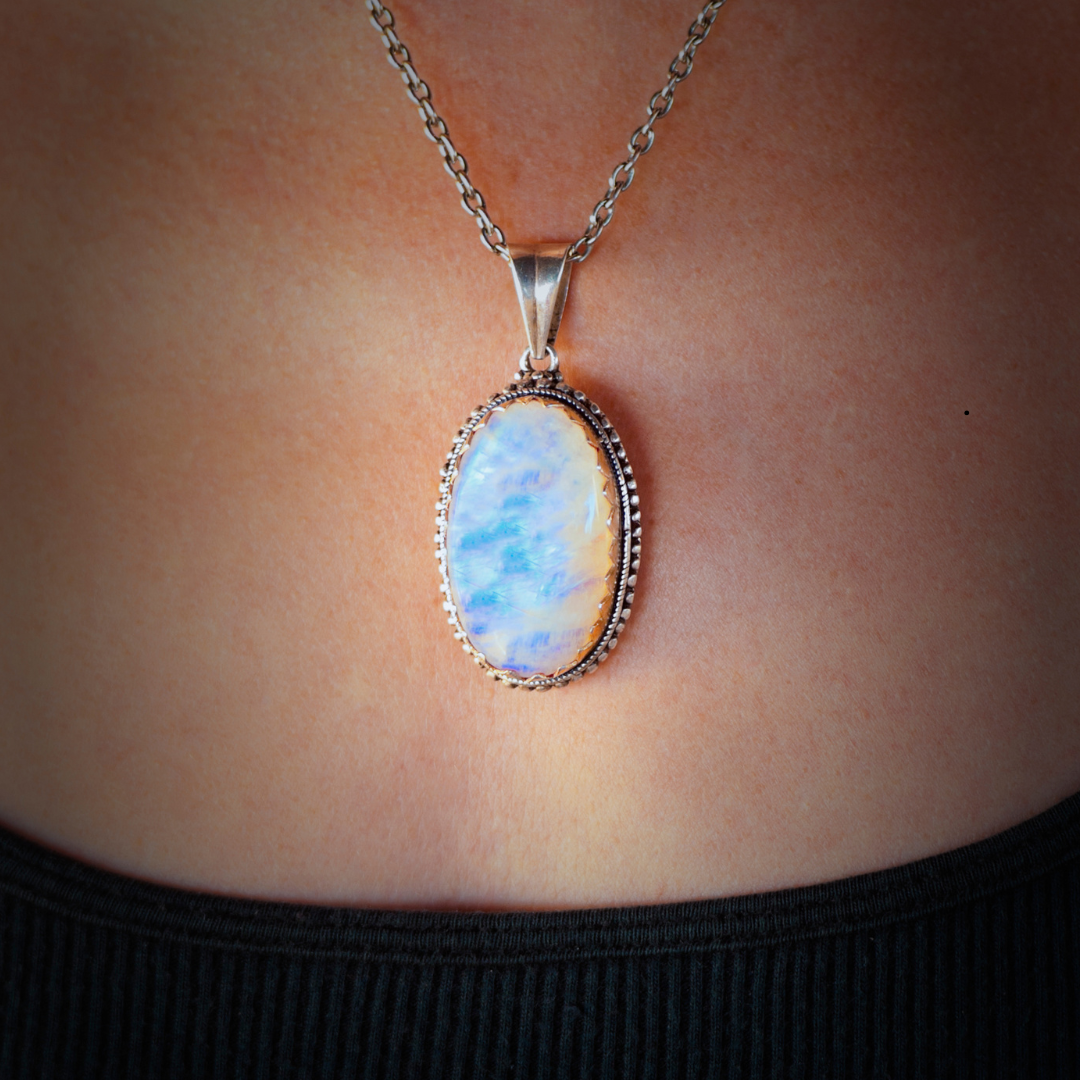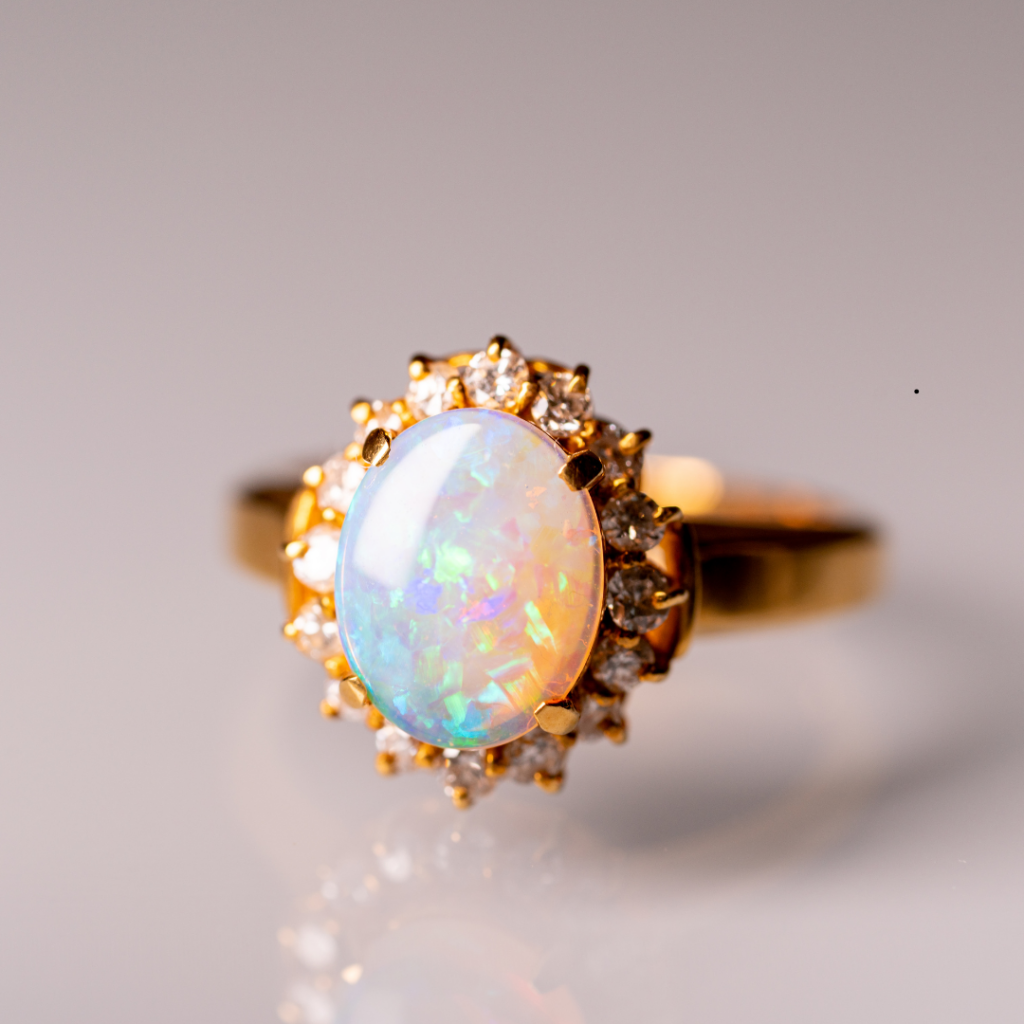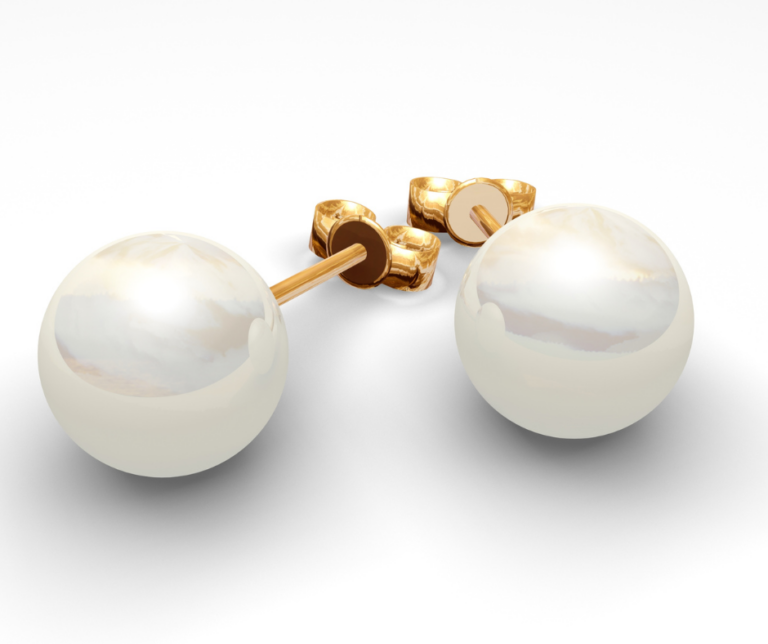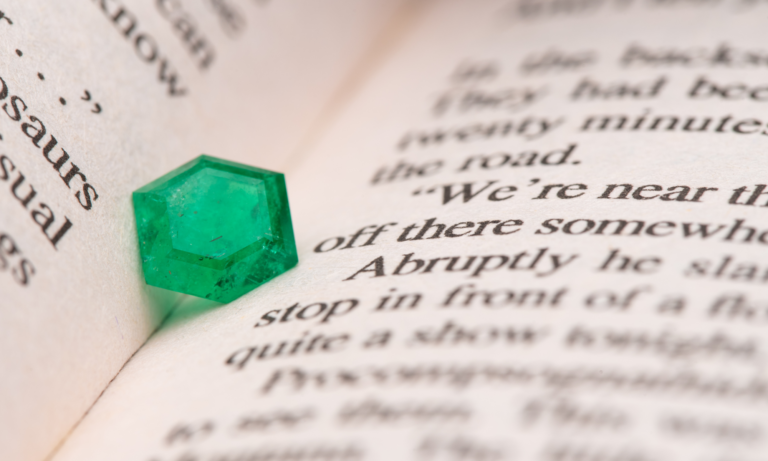Opal: A Comprehensive Guide to Its Beauty and Value
Opals are fascinating gemstones known for their unique play of colour, which makes them unlike any other precious stone. These colourful gems can range from transparent to opaque and showcase stunning hues, making them a favourite among collectors and jewellers. Each opal possesses a distinct pattern of colours, often influenced by its origin and formation process.
The allure of opals extends beyond their aesthetic appeal. They are believed to carry various meanings and benefits, including enhanced creativity, inspiration, and emotional healing. Over time, opals have been celebrated in different cultures, symbolizing hope, purity, and truth.
In recent years, interest in opal has surged, with many seeking them for their beauty and investment potential. Whether it’s the captivating Ethiopian opals or the classic Australian varieties, these stones hold a special place in the world of gemstones.
Formation and Characteristics
Opals are unique gemstones known for their vibrant play of colour and diverse appearances. Their formation involves intricate geological processes, leading to a range of physical properties and varieties.
Geological Processes
Opal formation primarily occurs in sedimentary rocks, often in arid regions. They form from silica-rich solutions that seep through rocks and fill cavities. As water evaporates, silica precipitates in layers, creating an opal structure.
Most opals develop in the presence of a specific type of clay, which aids in their formation. The process can take thousands of years and is influenced by factors such as temperature and pressure. This lengthy formation contributes to each opal’s unique qualities.
Physical Properties
Opals possess distinct physical properties that set them apart from other gemstones. Key characteristics include:
- Chemical Composition: Typically composed of hydrated silica (SiO2·nH2O).
- Hardness: Ranges from 5.5 to 6.5 on the Mohs scale, making them relatively soft compared to diamonds and sapphires.
- Specific Gravity: Generally between 1.98 and 2.20, indicating lower density.
The radiance or “play of colour” seen in opals results from their unique internal structure, which diffracts light. This phenomenon is what makes them particularly desirable in jewelry.
Varieties and Colors
Opals come in various types, each exhibiting unique colours and patterns. Major varieties include:
- Precious Opal: Displays a vivid play of colour and is often found in Australia.
- Common Opal: Lacks the colour play and is more opaque.
- Boulder Opal: Encased in the original host rock, showcasing vibrant colours.
Opals range in colour from white and black to crystal and fire opal. Their diverse characteristics are influenced by their formation environment, mineral content, and structure, resulting in a broad spectrum of aesthetic options for collectors and jewelry lovers.
Historical Significance
Opal has been valued across different cultures and periods for its unique appearance and properties. Its significance extends beyond mere aesthetics, intertwining with myths, trade, and historical artifacts.
Cultural Importance
Various civilizations have attributed special meanings to opal. The ancient Greeks believed opals bestowed foresight and inspiration. They associated the stone with the goddess of love and beauty, Aphrodite.
In the Middle Ages, opals were considered a symbol of hope and purity. They were even thought to provide protection against diseases and misfortune.
In Aboriginal Australian culture, opal is sacred. It is often seen as a bridge between the physical and spiritual worlds, and its vibrant colours are believed to represent ancestral spirits.
Historic Opal Artifacts
Historically, opals have appeared in many significant artifacts. The Roman architect Vitruvius noted their beauty and rarity, marking them as highly desirable.
In the 14th century, opals were found in the crowns of European royalty, symbolizing status. Additionally, opal jewelry has been discovered in burial sites, indicating its importance in ancient burial rituals.
Notably, the “Cartier Opal” from the early 20th century is a famous example. This exquisite piece showcases opal’s prominent role in luxury and fine art.
These artifacts provide tangible connections to cultures that have admired opal for centuries, highlighting its enduring significance.
Opal Mining
Opal mining involves extracting this precious gemstone from various locations, with specific regions being known for their rich opal deposits. Understanding the primary mining techniques and the main regions where opals are found is essential for anyone interested in this field.
Main Opal-Producing Regions
Australia is the leading producer of opals, accounting for about 95% of the world’s supply. The most notable areas include:
- Coober Pedy: Known for its underground mining, this town produces high-quality black opals.
- Lightning Ridge: Famous for the beautiful black opals, it offers diverse colours and patterns.
- Andamooka: Produces a variety of opals, with a focus on white and crystal opals.
Other countries, such as Ethiopia, Mexico, and the United States, also contribute to the opal market, but their production levels are significantly lower than Australia’s.
Mining Techniques
Depending on the location and depth of the deposits, various techniques are employed in opal mining. Key methods include:
- Open-cut mining: This method involves removing layers of earth to access opal deposits near the surface. It is commonly used in areas like Coober Pedy.
- Underground mining: Miners excavate tunnels or shafts to reach deeper deposits. This approach is prevalent in Lightning Ridge.
- Suction dredging: Operated in areas with loose, gravelly soil, this method uses a powerful suction to extract opals from rivers or streams.
Each technique has its advantages and disadvantages concerning cost, safety, and environmental impact. Understanding these methods is crucial for successful opal extraction.
Gemology and Identification
Understanding the gemological characteristics of opal is key to assessing its quality and value. Identification involves distinguishing between natural and synthetic varieties, which can greatly influence market worth.
Assessing Quality and Value
Factors such as colour, clarity, cut, and carat weight are crucial when evaluating opal.
- Colour: Bright and vivid colours, especially reds and greens, are most desirable. Dark opals with rich colours can command higher prices than lighter varieties.
- Clarity: Natural inclusions can affect value. Higher-quality opals exhibit fewer visible flaws.
- Cut: Well-cut stones enhance play-of-colour, the phenomenon of shifting hues when viewed from different angles.
- Carat Weight: Larger stones typically fetch higher prices, but other quality factors influence this.
Synthetic vs. Natural Opal
Natural opal has been around for millions of years, while synthetic opal has been created in laboratories.
- Natural Opal: Exhibits unique patterns and colours. It may have imperfections that enhance its uniqueness.
- Synthetic Opal: Often flawless and can mimic natural stones but lacks individual character. It is usually less expensive.
Identification techniques include examining the stone under magnification, testing specific gravity, and checking for a unique play of colour. Knowledge of these distinctions helps ensure informed purchasing and fair valuation in the market.
Care and Maintenance
Proper care and maintenance are essential for preserving the beauty and integrity of opal gemstones. Following the right cleaning methods and storing them correctly can help avoid damage and maintain their vibrant appearance.
Cleaning and Storage
Opals require gentle cleaning to avoid scratches and damage. A soft microfiber cloth is ideal for wiping down the surface. For deeper cleaning, a solution of warm water and mild soap can be used. It’s crucial to avoid harsh chemicals or ultrasonic cleaners, as they can harm the stone.
After cleaning, opals should be dried carefully to prevent water spots. Proper storage is equally important. They should be kept in a soft pouch or lined jewelry box to minimize contact with other hard substances. Avoid exposing opals to extreme temperatures or direct sunlight for extended periods to prevent cracking or fading.
Preventing Damage
Preventing damage to opals involves mindful handling and usage. Jewelry made with opals should be worn with care to avoid impacts or scratching. It is wise to remove opals before engaging in activities that may lead to physical stress or exposure to chemicals.
Keeping opals away from other gemstones during storage is recommended, as the hardness of other stones can cause scratches. Regularly inspecting opal pieces for loose settings or signs of damage can help address issues before they worsen. Proper care leads to preserving the gemstone’s lustre and integrity over time.








